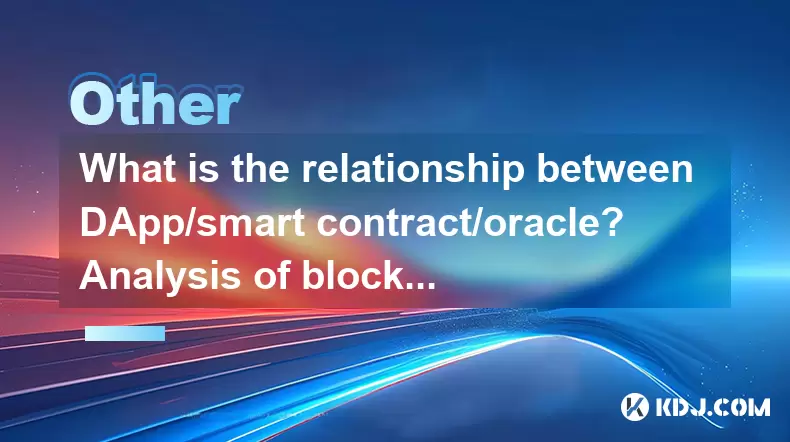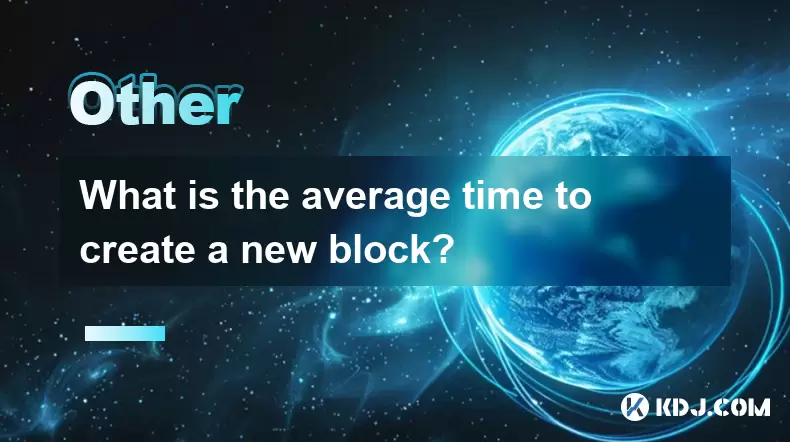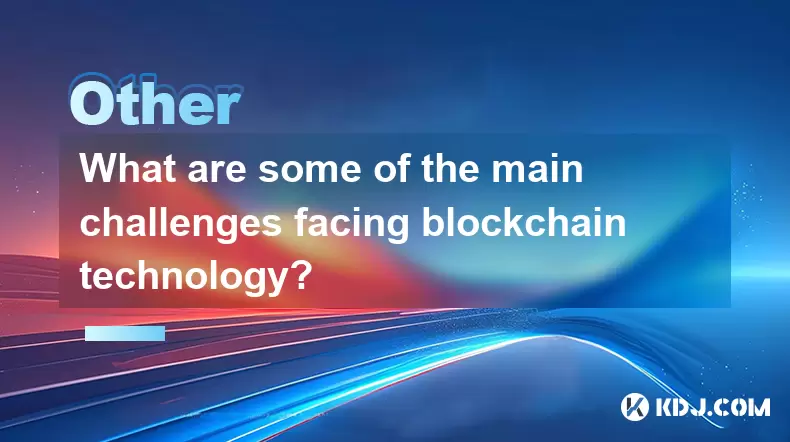-
 Bitcoin
Bitcoin $117500
2.15% -
 Ethereum
Ethereum $3911
6.19% -
 XRP
XRP $3.316
10.79% -
 Tether USDt
Tether USDt $1.000
0.01% -
 BNB
BNB $787.2
2.24% -
 Solana
Solana $175.2
4.15% -
 USDC
USDC $0.9999
0.00% -
 Dogecoin
Dogecoin $0.2225
8.40% -
 TRON
TRON $0.3383
0.28% -
 Cardano
Cardano $0.7868
6.02% -
 Stellar
Stellar $0.4382
9.34% -
 Hyperliquid
Hyperliquid $40.92
7.56% -
 Sui
Sui $3.764
7.63% -
 Chainlink
Chainlink $18.48
10.66% -
 Bitcoin Cash
Bitcoin Cash $582.1
1.88% -
 Hedera
Hedera $0.2601
6.30% -
 Avalanche
Avalanche $23.33
4.94% -
 Ethena USDe
Ethena USDe $1.001
0.02% -
 Litecoin
Litecoin $122.3
2.04% -
 UNUS SED LEO
UNUS SED LEO $8.969
-0.27% -
 Toncoin
Toncoin $3.339
0.86% -
 Shiba Inu
Shiba Inu $0.00001287
4.30% -
 Uniswap
Uniswap $10.43
7.38% -
 Polkadot
Polkadot $3.861
5.08% -
 Dai
Dai $1.000
0.02% -
 Bitget Token
Bitget Token $4.513
3.41% -
 Monero
Monero $267.7
-6.18% -
 Cronos
Cronos $0.1499
4.14% -
 Pepe
Pepe $0.00001110
5.15% -
 Aave
Aave $284.9
8.28%
What is the relationship between DApp/smart contract/oracle? Analysis of blockchain application technology
DApps use smart contracts for logic and oracles for external data, enabling secure, decentralized applications in finance, gaming, and supply chain management.
Jun 06, 2025 at 08:35 pm

The relationship between decentralized applications (DApps), smart contracts, and oracles is fundamental to understanding how blockchain technology is applied in various sectors. Each component plays a crucial role in the functioning and enhancement of blockchain ecosystems, enabling a wide range of applications from finance to gaming.
What are DApps?
Decentralized Applications (DApps) are applications that run on a blockchain or peer-to-peer network of computers rather than a single computer. They are designed to operate without a central authority, ensuring that no single entity has control over the application. DApps leverage the inherent security and transparency of blockchain technology to provide users with a trustless environment where transactions and interactions are recorded on a public ledger.
DApps can be found in various sectors, including finance, gaming, social media, and more. They typically interact with the blockchain through smart contracts, which are essential for executing the logic of the DApp.
Understanding Smart Contracts
Smart contracts are self-executing contracts with the terms of the agreement directly written into code. They run on the blockchain and automatically enforce the rules and regulations of the contract. Smart contracts are crucial for DApps because they handle the logic and execution of transactions within the application.
For instance, in a DApp designed for lending, a smart contract would manage the terms of the loan, including interest rates, repayment schedules, and collateral requirements. The smart contract ensures that all parties adhere to the agreed-upon terms without the need for intermediaries.
The Role of Oracles
While DApps and smart contracts are powerful, they are limited by the data available on the blockchain. This is where oracles come into play. Oracles are services that provide smart contracts with external data, bridging the gap between the blockchain and the real world. They are essential for DApps that require real-time data or information from outside the blockchain.
For example, a DApp that offers insurance based on weather conditions would rely on an oracle to fetch real-time weather data. The smart contract would then use this data to determine whether to pay out claims based on the agreed-upon conditions.
Integration of DApps, Smart Contracts, and Oracles
The integration of DApps, smart contracts, and oracles forms a robust ecosystem that can support complex applications. Here's how they work together:
- DApp Interface: The user interacts with the DApp through a user-friendly interface, which could be a web application or a mobile app.
- Smart Contract Execution: When a user initiates a transaction or action, the DApp communicates with the smart contract on the blockchain. The smart contract processes the request according to its programmed logic.
- Oracle Data Retrieval: If the smart contract requires external data to execute its logic, it sends a request to an oracle. The oracle retrieves the necessary data from external sources and returns it to the smart contract.
- Smart Contract Response: With the external data in hand, the smart contract can now make decisions and execute actions based on the complete set of information. The results are then recorded on the blockchain and reflected in the DApp.
Examples of DApps Using Smart Contracts and Oracles
To illustrate the relationship between these components, let's look at a few examples:
- Decentralized Finance (DeFi): DeFi platforms like Compound and Aave use smart contracts to manage lending and borrowing. These platforms may use oracles like Chainlink to fetch real-time price data for assets, ensuring that loans are collateralized appropriately.
- Gaming DApps: Games like Axie Infinity use smart contracts to manage in-game assets and transactions. Oracles can be used to introduce randomness or external data into the game, enhancing the gaming experience.
- Supply Chain Management: DApps like VeChain use smart contracts to track products from manufacturer to consumer. Oracles provide real-time data on product conditions and locations, ensuring transparency and efficiency in the supply chain.
Challenges and Considerations
While the integration of DApps, smart contracts, and oracles offers numerous benefits, there are also challenges to consider:
- Security: Smart contracts and oracles must be secure to prevent hacks and data manipulation. Any vulnerability in these components can lead to significant losses for users.
- Scalability: As DApps grow in popularity, the underlying blockchain must be able to handle increased transaction volumes. Scalability solutions like layer-2 networks and sharding are being explored to address this issue.
- Data Accuracy: Oracles must provide accurate and reliable data. If an oracle fails or provides incorrect data, it can lead to incorrect smart contract executions.
FAQs
1. How do DApps ensure user privacy?
DApps can ensure user privacy through various methods such as encryption, zero-knowledge proofs, and anonymous transactions. For instance, privacy-focused blockchains like Zcash use zero-knowledge proofs to allow transactions to be verified without revealing the parties involved or the transaction amount.
2. Can smart contracts be modified after deployment?
Smart contracts are generally immutable once deployed on the blockchain. However, some blockchains offer mechanisms like proxy contracts or upgradeable contracts that allow for modifications under certain conditions. These mechanisms must be carefully designed to prevent abuse.
3. How are oracles compensated for their services?
Oracles are typically compensated through fees paid by the smart contracts or DApps that use their services. These fees can be structured in various ways, such as per-request fees or subscription models. The compensation ensures that oracles have an incentive to provide reliable and timely data.
4. What happens if an oracle goes offline?
If an oracle goes offline, the smart contracts that rely on it may be unable to execute as intended. To mitigate this risk, many DApps use multiple oracles or have fallback mechanisms in place. For instance, a smart contract might be designed to use data from multiple oracles and only execute if a majority of them agree on the data.
Disclaimer:info@kdj.com
The information provided is not trading advice. kdj.com does not assume any responsibility for any investments made based on the information provided in this article. Cryptocurrencies are highly volatile and it is highly recommended that you invest with caution after thorough research!
If you believe that the content used on this website infringes your copyright, please contact us immediately (info@kdj.com) and we will delete it promptly.
- Tron's Sell-Off Spurs Altcoin Shift: What's Next for TRX?
- 2025-08-08 08:30:12
- RUVI Presale: Is the Growth Potential Real?
- 2025-08-08 09:10:12
- Sleep Token's US Takeover: Thornhill Rides the 'Even In Arcadia' Wave
- 2025-08-08 08:30:12
- FTT Token's Wild Ride: Creditor Repayments vs. Market Drop - A New Yorker's Take
- 2025-08-08 07:10:12
- Floki Crypto Price Prediction: Riding the Robinhood Rocket or Just a Meme?
- 2025-08-08 07:15:12
- EigenLayer, Restaking, and Ethereum: Navigating the Hype and the Hazards
- 2025-08-08 06:30:12
Related knowledge

What is the purpose of a nonce in mining?
Aug 04,2025 at 05:56pm
Understanding the Role of a Nonce in Cryptocurrency MiningIn the world of cryptocurrency mining, the term nonce stands for 'number used only once.' Th...

Can data on a blockchain be deleted?
Aug 05,2025 at 04:00am
Understanding Blockchain ImmutabilityThe core principle behind most blockchain systems is immutability, which means that once data is recorded onto th...

What is the difference between on-chain and off-chain transactions?
Aug 02,2025 at 04:22pm
Understanding On-Chain TransactionsOn-chain transactions refer to digital asset transfers that are recorded directly on a blockchain ledger. These tra...

What is the average time to create a new block?
Aug 06,2025 at 09:21pm
Understanding Block Creation in Blockchain NetworksThe average time to create a new block varies significantly depending on the specific blockchain pr...

How are blocks linked together?
Aug 04,2025 at 06:56am
Understanding the Structure of a BlockchainA blockchain is a decentralized digital ledger composed of a sequence of blocks, each containing a list of ...

What are some of the main challenges facing blockchain technology?
Aug 07,2025 at 02:58am
Scalability Constraints in Blockchain NetworksOne of the most persistent challenges in blockchain technology is scalability. As blockchain networks gr...

What is the purpose of a nonce in mining?
Aug 04,2025 at 05:56pm
Understanding the Role of a Nonce in Cryptocurrency MiningIn the world of cryptocurrency mining, the term nonce stands for 'number used only once.' Th...

Can data on a blockchain be deleted?
Aug 05,2025 at 04:00am
Understanding Blockchain ImmutabilityThe core principle behind most blockchain systems is immutability, which means that once data is recorded onto th...

What is the difference between on-chain and off-chain transactions?
Aug 02,2025 at 04:22pm
Understanding On-Chain TransactionsOn-chain transactions refer to digital asset transfers that are recorded directly on a blockchain ledger. These tra...

What is the average time to create a new block?
Aug 06,2025 at 09:21pm
Understanding Block Creation in Blockchain NetworksThe average time to create a new block varies significantly depending on the specific blockchain pr...

How are blocks linked together?
Aug 04,2025 at 06:56am
Understanding the Structure of a BlockchainA blockchain is a decentralized digital ledger composed of a sequence of blocks, each containing a list of ...

What are some of the main challenges facing blockchain technology?
Aug 07,2025 at 02:58am
Scalability Constraints in Blockchain NetworksOne of the most persistent challenges in blockchain technology is scalability. As blockchain networks gr...
See all articles

























































































